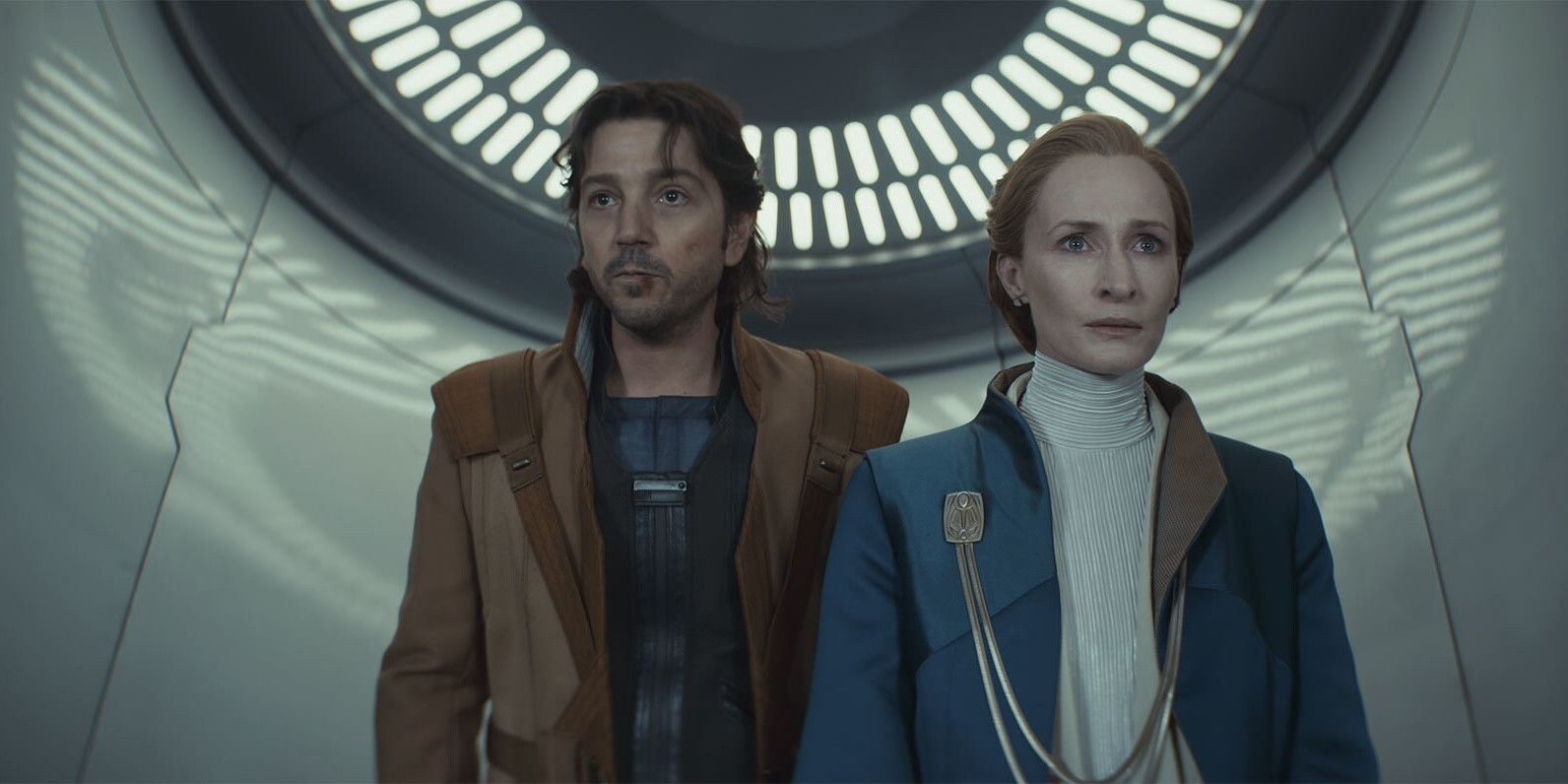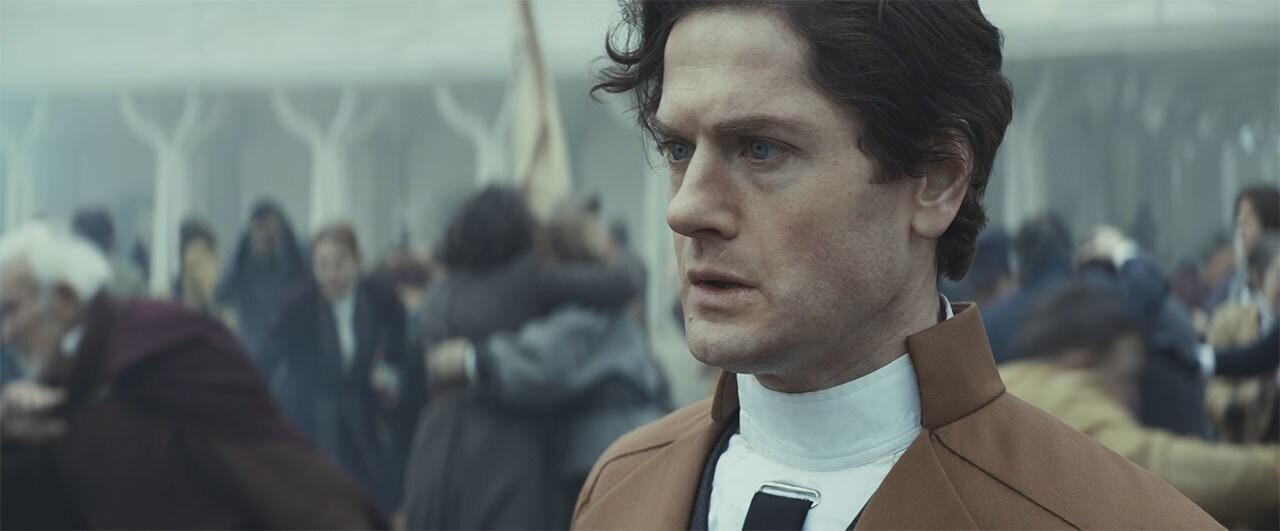In which love is complicated
 |
| Jacket illustration by John Howe |
I was at a book event a month or two ago, in which Amal El-Mohtar described how her new book, The River Has Roots, is based in part on her
own family. “There is nothing complicated about my love
for my sister,” she said, so sweetly and earnestly that I found myself jealous of a woman I've never met.
This is the polar opposite of FitzChivalry Farseer, who will
never, ever enjoy a love with anyone that is uncomplicated. Poor guy. Let’s
poke him with a stick and see why.
Fool’s Errand opens with Fitz in his mid-thirties, living peacefully in secluded retirement under the assumed name of Tom Badgerlock. He’s got a cottage, some crops, some chickens, an ageing Nighteyes, and a teenage boy he’s adopted, Hap. This is the Fitz who was looking back on his past and writing his history in the first Farseer trilogy. We’ve caught up with him, and you can almost feel the dread collect around him, as he slowly realizes that Robin Hobb’s ruthless eye has, Sauron-like, turned towards him once again. (Or maybe that was just me projecting.)
Over the first several chapters, Fitz gets
a few visits from the old characters. Chade comes quite early, to ask Fitz to
become Skillmaster at Buckkeep, now that Verity and Kettricken’s son, Dutiful,
is coming into his own Skill. Fitz
immediately says no, and as quickly as that, the visit is over. Remember, all
of Fitz’s youth was an exercise in missed opportunities for connections,
because service to the Farseer line does not allow for individuals to develop
loyalties and affections that are not in service to the throne. Chade and Fitz
became as close as two people so shackled to the Farseers can ever be, but it’s
hard to miss the fact that, after a decade and a half, Chade’s visit lasts a
single day, and ends when Fitz refuses to return to the yoke of royal service.
There is love between them, but there is also obligation, and Chade will not
let Fitz enjoy the one without the other. And, indeed, it’s not clear that
Chade himself even knows what that looks like, having served the Farseers
himself for many more years than Fitz has been alive.
Starling comes next. She visits Fitz regularly, sleeps with
him too, but Fitz is well aware that their relationship is not anything to do
with love. It’s convenient, it’s easy. Starling brings news and stories, and her presence offers some novelty into Hap’s
otherwise quite constrained life. Her visits are also how Kettricken keeps tabs on Fitz, because no one ever lets a Farseer escape.
Fitz is under no illusions that they share anything real, and so when Hap
returns from an excursion with Starling to Buckkeep to reveal that Starling is
now married, Fitz has no difficulties breaking off their sexual liaison.
I need to jump ahead to the next book at this point, which
isn’t fully fair, but which I think is important to allow me to make the point
I want to make here. Later, in Golden Fool, Starling is still grumpy at
Fitz for breaking off their liaison, and Chade tells Fitz that it’s not just
about hurt pride and sex. It’s also about Starling’s professional pride in her
job as a minstrel. She has been a first-hand witness to one of the most monumental events in her lifetime—the reawakening of the dragons that drove
off the Red Ship Raiders at the end of the Farseer trilogy. She is one of the
very few people alive who knows what happened to Verity, and that FitzChivalry Farseer didn’t die in Prince
Regal’s dungeon. She is a minstrel—and what’s more, she is a woman who is
barren. Her sole chance of leaving a mark on the world is with her work, her
songs, her histories. At her fingertips she has intimate access to the
grandest story she will every encounter. And she must keep it secret. It
is maddening, infuriating, stifling. At least while she was sleeping with Fitz
she felt like she was still connected with this tale. When he calls things off,
he shuts her out of this one thing that connects her to the sweep of history
which will be forever out of her grasp.
So what we see with Chade and Starling is the mingling of
what could be love with professional complications. Chade offers one kind of
love, of a mentor, an uncle, a teacher—but it is conditional on Fitz’s
service to the Farseers. Starling offers something that resembles another kind
of love—but it is linked not to Fitz, but to the historical figure that Fitz
will be remembered as. In both cases, whatever kind of love, affection, or connection
that Fitz is offered is complicated by Chade’s and Starling’s professional
concerns, which always come before simple human connection.
And then the Fool arrives. He’s changed color now; he’s no
longer stark white, as he was in Farseer. He’s turned golden (hence the
trilogy’s name, Tawny Man), he’s built lives and identities and an
astonishing amount of wealth. He was Amber back in the Liveship Traders,
and he knows a heckuva lot more now about dragons than he did two trilogies
ago. But all of those identities are secondary to his primary self: He is the White Prophet, and he needs his Catalyst to help bring dragons
back to the world, and so he comes to Fitz.
So here, too, Fitz’s oldest, truest, dearest friend offers
him a love that is connected to professional concerns. The Fool loves Fitz, but the White Prophet also needs his Catalyst.
But here’s the difference: these two loves are not
connected. As we’re going to see throughout the trilogy, there is everything
complicated about the Fool’s love for Fitz, and vice versa, but the one
thing that is not present in all those complications is the sense of a
necessary connection between the Fool and Fitz’s relationship on the one hand,
and their respective statuses as White Prophet and Catalyst on the other. The
two things coexist, but they are not as fundamentally linked.
And this, I think, is what makes the Fool different from everyone else in this series. Everyone wants something from Fitz, not out of respect or concern for him as a person, but out of an awareness of the role he can play in their lives. Only the Fool is able to separate what he wants from Fitz as his Catalyst from what he wants from Fitz as a person. As the White Prophet, he knows that he must keep his Catalyst alive through the trials ahead in the next two books; but as the Fool, he grieves at what he knows Fitz must endure. (Really, the Fool is the only character in the whole Realm of the Elderlings who is aware that he's in a Robin Hobb book.) Throughout the whole series we're going to see Fitz waver and wibble about which version of the Fool's identity is the real one. But it's always clear to me, the reader, that the truest version of the Fool is the version Fitz knows. The version that loves him, uncomplicatedly, truly, as a person, not a Catalyst.
And Fitz, being a complete dumbass, can’t see it, can’t accept the Fool's love for what it is. Or he does see it, and absolutely refuses to acknowledge it. Nowhere is this clearer than when Fitz asks the Fool his name—not ‘Fool,’ not ‘Lord Golden’ or whatever name he uses for his current schemes, but his real name, the name his mother called him when he was born. And the Fool grins widely, makes Fitz promise to use that name, and then reveals, “Beloved. She called me only ‘Beloved’.” And when Fitz balks at this (because, I repeat, he is a massive dumbass), the Fool says only, “then I shall call you Beloved… Good night, Beloved. We have been apart far too long” (p. 119).
And how does Fitz react? He thinks, “Conversation was hopeless when he got in these moods” (p. 120). Blind! Wilfully unseeing! The one source of love that is offered to him, uncomplicatedly, and he pretends it doesn't exist—or worse, actively rejects it. We’ll see how that goes down in Golden Fool, next month. To preview the gist, however, just remember that Golden Fool is book 2 of a Robin Hobb trilogy, so, in short, it won't go well.
Reference: Hobb, Robin. Fool’s Errand [Voyager, 2001].
CLARA COHEN lives in Scotland in a creaky old building with pipes for gas lighting still lurking under her floorboards. She is an experimental linguist by profession, and calligrapher and Islamic geometric artist by vocation. During figure skating season she does blather on a bit about figure skating. She is on Mastodon at wandering.shop/@ergative, and on Bluesky at https://bsky.app/profile/ergative-abs.bsky.social





:max_bytes(150000):strip_icc()/Genevieve-O-Reilly-Andor-010725-2-38e011b3f1184685bc1c9df14e71f7a8.jpg)













